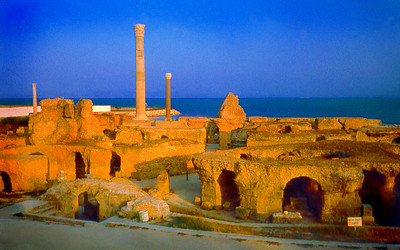Tunisia
Postnatal Growth
Two studies published in 2018 and 2021 (1, 2) created growth curves for Tunisian children. The 2018 study focused on BMI, while the 2021 created curves for height and weight. The authors used data from 4,358 children (birth to age 18); 50% were boys and 50% were girls. The authors created BMI centile curves by age for both sexes.
The 2021 study focused on height and weight and used the same data gathered for the BMI study. The paper provides curves for weight and height.
Brithweight by Gestational Age
A 2010 study used data from 75,751 births at ten maternity centers in the Monastir region of Tunisia (50.8% males, 49.2% females; reference 3). The study period was 1994 to 2004 and used singleton births from 28 to 43 weeks. The study included newborns with congenital anomalies but excluded stillbirths and twins, triplets, etc.
References
- 1. Ghouili H, et al. (2018) First growth reference curves for Tunisian children and adolescents. Arch Pediatr 2021 25(8):459-463. Full text on ResearchGate.
- 2. Ghouili H, et al. (2021) First growth reference curves for Tunisian children and adolescents. Arch Pediatr 28(5):381-391. Full text on ResearchGate.
- 3. El Mhamdi S, et al. (2010) Graphic model of birth weight and gestational age in Monastir, Tunisia. Rev Epidemiol Sante Publique 58(2):121-126. Full text on ResearchGate. Figures and tables available at Semantic Scholar
Photo credit: Ruins at Carthage. Image taken by Dmitry Lyakhov and found on Flickr Licensed under the Creative Commons Attribution-NonCommercial-ShareAlike 2.0 Generic (CC BY-NC-SA 2.0) license.

